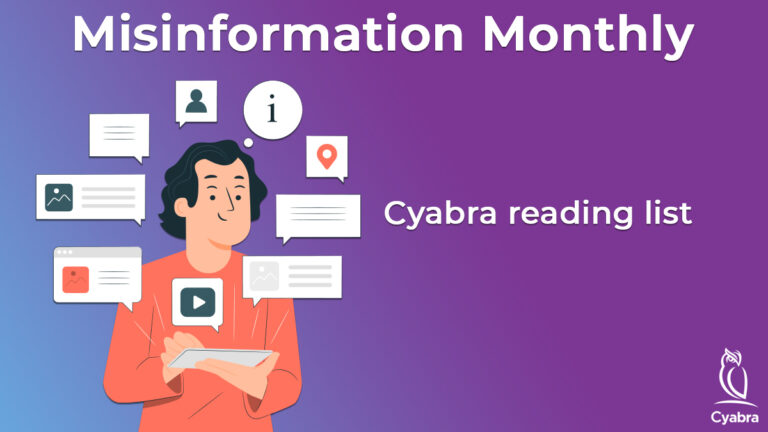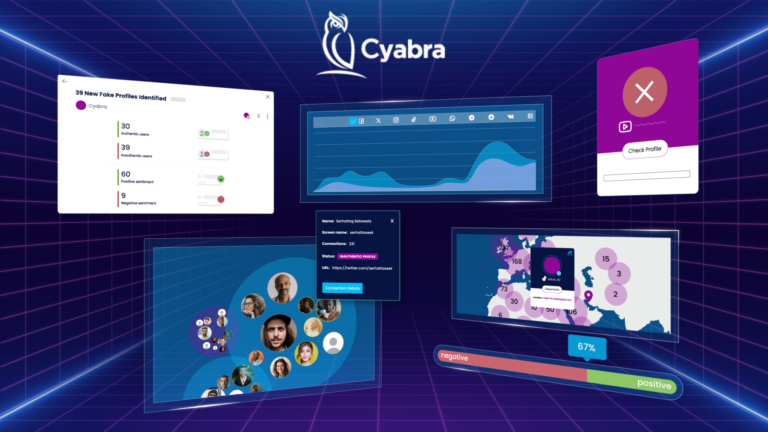Social media platforms have made it easy for brands and companies to stay connected with their customers. Given the openness of these discussions, it’s natural that some people will have positive things to say about your brand, while others may be more critical.
Toxic narratives are different. They are more than just negative feedback; these are carefully crafted stories designed to manipulate public perception and erode trust in your brand.
Malicious actors exploit existing controversies or create artificial ones, using a mix of half-truths and outright fabrications to seem credible, and then weaponize them against you when the right moment comes.
What makes these narratives particularly dangerous is their ability to spread rapidly across social media platforms, often boosted by coordinated networks of fake accounts that artificially inflate their reach and perceived legitimacy.
The Anatomy of a Toxic Narrative

Toxic narratives can sometimes start with a grain of truth – a misinterpreted statement, or even a simple customer service issue can provide the foundation that bad actors need.
They then build layers of false information around this kernel of truth, making their stories seem more believable by blurring the lines between fact and fiction.
Take the recent case of Burger King – what began as isolated complaints about prices and taste quickly transformed into a viral boycott campaign, with fake profiles amplifying the backlash.
The hashtag #BoycottBurgerKing gained such momentum that, within a single month, negative posts reached over 75 million views, with inauthentic accounts driving 44 million of these, creating the impression of widespread opposition.
This demonstrates how a legitimate issue that could be easily managed can quickly turn into something far more harmful, as threat actors seize the opportunity to spread falsehoods, shifting public perception.
Why False Stories Stick
By now, most of us are aware that the way social media is designed makes it a perfect breeding ground for the creation of fake narratives – for a couple of reasons.
When multiple accounts share similar negative messages about a brand, it creates the illusion of widespread concern, which in turn makes real users more likely to accept and share these stories without questioning their validity.
Each share and retweet adds credibility to the narrative, creating a feedback loop that’s difficult to break. By the time your brand notices what’s happening, the false narrative has often already taken on a life of its own.
Even typically skeptical individuals might find themselves sharing false information simply because they’ve been consistently exposed to it through their social media feeds.
How AI Contributes to the Problem

Artificial intelligence has become a powerful weapon in the arsenal of malicious actors. It allows them to generate convincing fake profile pictures, write realistic-looking posts, and create entire networks of bot accounts in a matter of minutes.
These AI-powered fake accounts don’t just post automated messages – they create content that’s sophisticated enough to engage meaningfully with real users.
Social media platforms are now flooded with AI-generated content that’s becoming increasingly difficult to distinguish from authentic posts. These tools can analyze trending topics and conversations in real-time, allowing bad actors to craft messages that perfectly align with current sentiments and concerns.
The result is a more sophisticated form of manipulation that exploits social media algorithms and cognitive hacking simultaneously.
The tools can even mimic specific writing styles and tones, making it possible for fake accounts to pose convincingly as individuals from other countries or cultures.
How Cyabra Can Protect Your Brand
Being aware of the threat posed by toxic narratives is one thing, but having the right toxic narrative detection tools to combat them is another. This is where Cyabra’s advanced AI fake narrative detection platform comes into play.
Cyabra’s platform can monitor social media conversations across all major platforms in real time. It immediately flags suspicious patterns in engagement metrics, helping brands spot coordinated attacks before they can gain significant traction.
By doing comprehensive narrative analysis, Cyabra’s technology can identify networks of fake accounts and bot activity with incredible precision.
Cyabra’s AI examines factors such as posting patterns, profile characteristics, and content authenticity to determine which accounts are part of coordinated disinformation campaigns.
When a toxic narrative begins to emerge, your brand will gain detailed insights into its origin and spread, including how the story evolves, which accounts are amplifying it, and, most importantly, what percentage of the engagement is coming from authentic versus inauthentic users.


